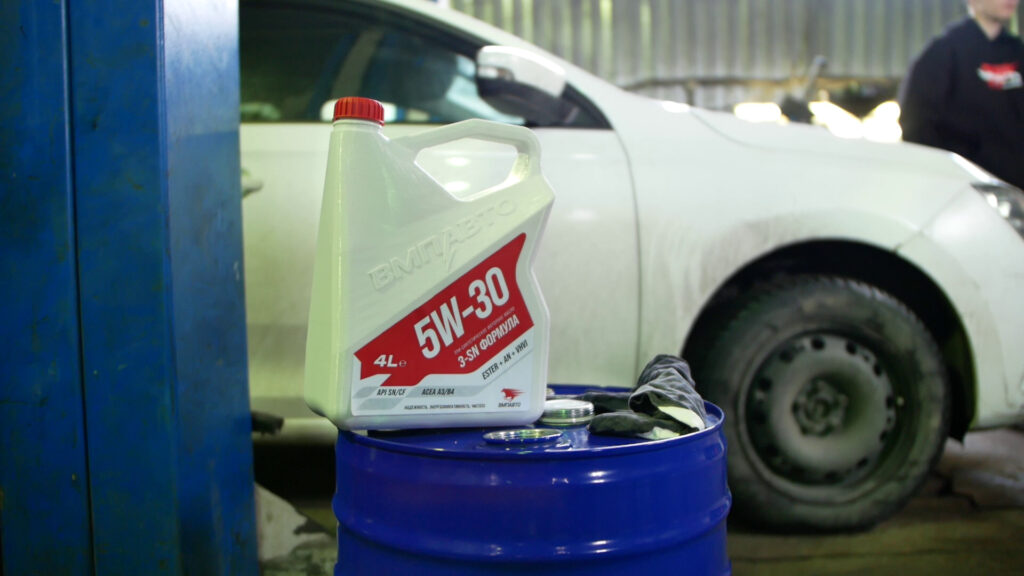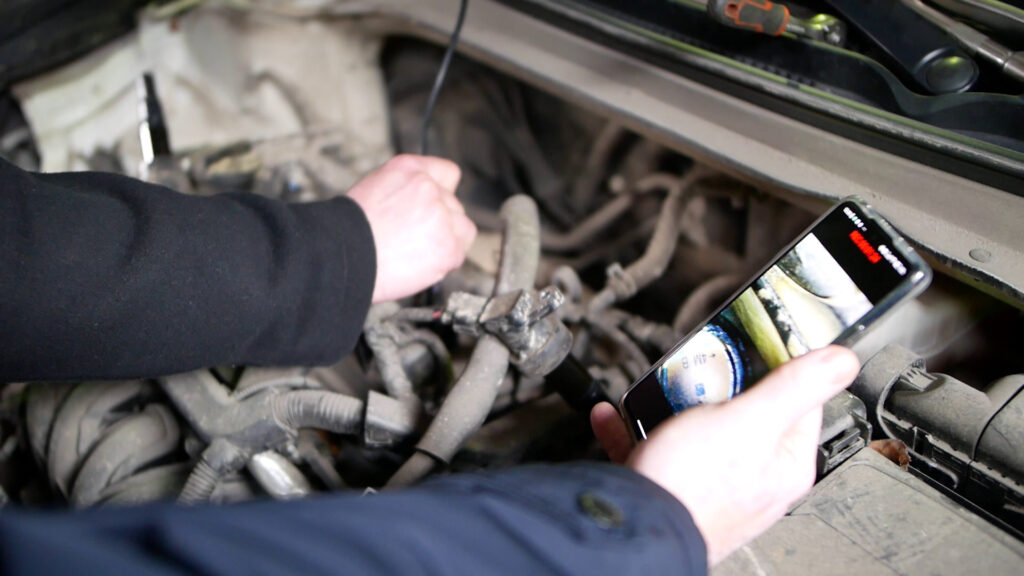You suggested – we listened!

Friends. You probably remember the materials in which we talked about how our oil was tested. Which cars were filled in. As well as where they were used. Many of you then considered that the kilometers that our test subjects ran were not enough to draw unambiguous conclusions on the properties of the oil. And bench tests at Polytechnic University was even considered synthetic test. They say that 150 hours on the stand is, of course, good, but does not reflect reality. Now, if your oil in a taxi threshed 15,000 km, then the results would be such that you can trust. We heard you.

A month and a half ago, the management of ru.taxi, having familiarized themselves with the characteristics of our oil and the test results, found it possible to use it in their cars. They were especially bribed that we made oil based on our own additive package. Well, the fact that the oil is insured completely removed all doubts. So our 5W-30 A3 / B4 ended up in a taxi company for a service replacement. Moreover, we were allowed to periodically remove seven cars from the line in order to take samples.

For control, we selected four Skoda Rapid, two Kia Rio and one Hyundai Solaris. The mileage on the cars was different. On Rapid, they ranged on average from 44,000 to 140,000 km. One Rio ran 33,000 km by the beginning of the monitoring, the second – 110,000 km. Solaris wound up about 110,000 km before getting acquainted with our oil. On all the cars, we examined the CPG with an endoscope, and also took samples of the oil that the cars had been driving before. And then one fine April day, our test subjects, after changing the oil, parted from the garage. Someone is immediately on the line, someone is waiting for the start of the shift, and someone …

And someone on the same day returned to the garage for body repairs. It had to happen like this. But one car just two hours after a scheduled oil change had an accident. For us it was, of course, a certain kind of surprise. Then we thought that this car for science is lost forever. However, we must pay tribute to the management of the company – the car was returned to the line after 2 days.
We planned to take the first sampling at a run of 5000 km. I must say that all the cars wound up this run in about the same way. The difference in mileage was 500 kilometers, no more. Some are positive, some are negative. Therefore, we decided to collect them all in one day. And, as it turned out, this is not such an easy task. Taxi drivers are wayward people, and time for them is money. But, one way or another, it turned out to take samples.

The first thing that was noted during sampling was what level the oil was on the dipstick. It’s no secret that VAG engines are prone to increased oil fumes. So, nothing like this was noticed in the first 5000 km of run. The oil level on all Rapids dropped slightly. Given the mileage of cars and the condition of the CPG, this is normal. Korean cars did not require topping up of oil either.

We were no less interested in the analysis showing how well the oil itself copes with loads. Polymers are responsible for this in oil. As a result, in terms of kinematic viscosity, the indicator was more than worthy. Initially, it was 11.54 mm2 / s for 5W-30 A3 / B4 oil. At the time of sampling on the Rio and Solaris motors, those with a run of over a hundred, the kinematic viscosity decreased to a maximum of 11.02 mm2 / s. and up to 11.03 mm2/s. For the rest, the drawdown by this indicator was completely insignificant.

The base number is also within tolerance. The new oil had 10 units. The maximum drop to 6.4 was seen only on one car. By the beginning of the tests, the mileage of this Kia Rio was 110,000 km, and its engine was quite slagged, which affected the condition of the oil in this indicator. For the rest of the cars, the drop in base number was no more than 2.3 units.

As a result, the first sampling showed that by a mileage of 5000 km, even in taxi conditions, our oil shows itself to be quite strong. And the convergence of results on different engines with varying degrees of wear and different driving styles by drivers indicates its high stability in various operating conditions.
The next sampling was scheduled at 10,000 km. Some of them were planned to be sent to an independent laboratory for elemental analysis. It will show whether there is engine wear on our oil or not. But more on that in the next article.




